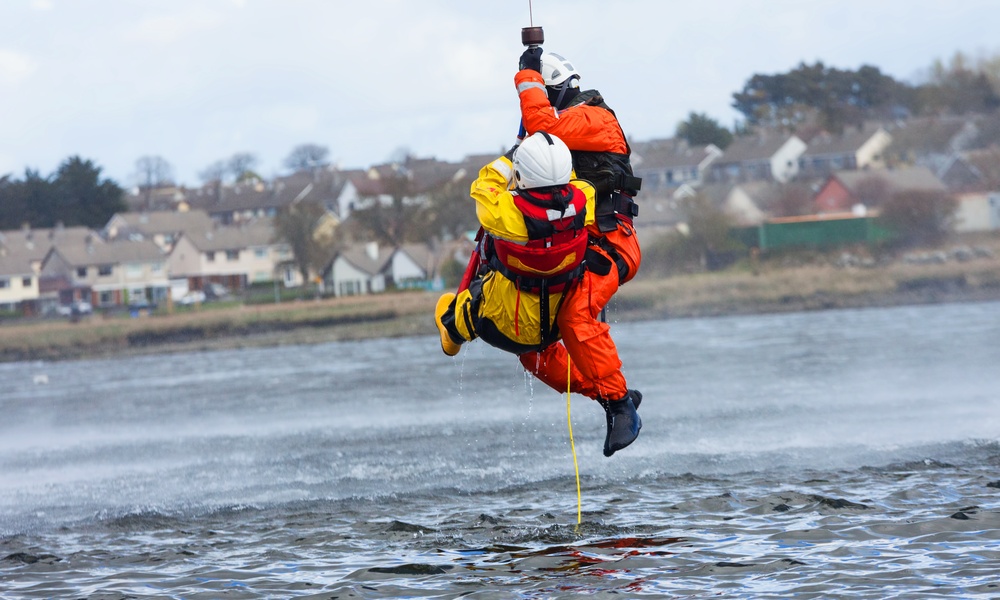
Water rescue missions are one of the most challenging and critical forms of emergency response. From saving stranded swimmers to assisting during floods, these missions demand quick thinking, specialized skills, and often, bravery in the face of danger.
Beyond the surface, there are several interesting aspects of water rescue missions that reflect the complexity and precision involved. Let’s explore some of the most intriguing elements of these life-saving missions.
Swiftwater Rescue Is Especially Treacherous
Certain water rescue environments pose a level of danger that even seasoned rescuers find daunting, and swiftwater rescues are a prime example. Swiftwater refers to fast-moving bodies of water like rivers, floods, or rapids, where currents are strong and unpredictable. Rescuers face risks of being swept away, obstacles in the water, and poor visibility.
To safely conduct such rescues, teams undergo rigorous training that focuses on reading water currents. This enables them to recognize different hydraulic features like whirlpools and master advanced swimming and rope techniques. The equipment used is equally vital, as investing in quality water rescue equipment ensures that teams are equipped with life vests, safety lines, and helmets designed to withstand extreme conditions.
Communication Is Key
Clear-cut and effective communication is the backbone of every successful water rescue operation. Whether it’s between team members on-site or with control rooms managing the rescue remotely, seamless coordination is often the difference between success and tragedy.
Rescuers rely heavily on pre-established terminologies, hand signals, and radio communications to ensure clarity during high-stress situations, especially where every second counts. Regular team drills and scenario practice are essential to maintain a standard of communication that doesn’t falter, even amid roaring waters or chaotic scenes.
The Role of Technology in Water Rescue
Modern water rescue operations have benefitted tremendously from technological advancements. Gone are the days when rescuers relied solely on intuition and manual searches. Today, tools like sonar technology allow searchers to detect people or submerged objects beneath the water’s surface.
Drones equipped with cameras provide aerial views to help responders pinpoint victims with greater accuracy during floods or expansive water bodies. GPS systems also play a vital role in tracking rescue teams, ensuring everyone’s safety while optimizing operational efficiency. These tools speed up rescue missions and protect rescuers from unnecessary risks by enhancing situational awareness.
Risk Assessment Is Crucial
Every water rescue mission begins with a thorough risk assessment to evaluate environmental factors and possible dangers. Rescuers assess variables like the water’s speed, temperature, and depth, as well as potential underwater hazards like rocks, vegetation, or debris. Beyond the setting, evaluating the victim’s condition is vital to plan the approach, especially in cases involving unconscious or panicked individuals.
This process helps responders determine the safest strategies and equipment for a successful rescue. Equipped with this information, teams minimize risks to themselves and maximize the likelihood of a positive outcome. Professional water rescue teams continuously refine their risk assessment protocols to adapt to evolving challenges.
Water rescue missions embody skill, courage, and highly interesting innovation. Understanding these components sheds light on their complexity and emphasizes how critical it is to be prepared, whether it’s through education, communication, or investing in advanced equipment.
